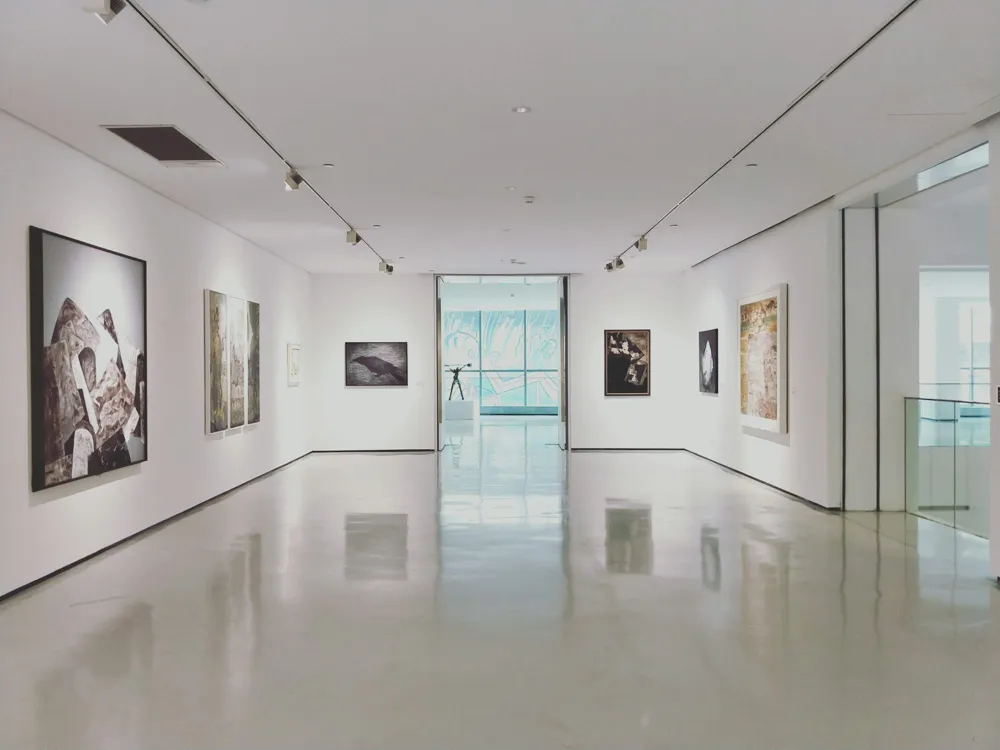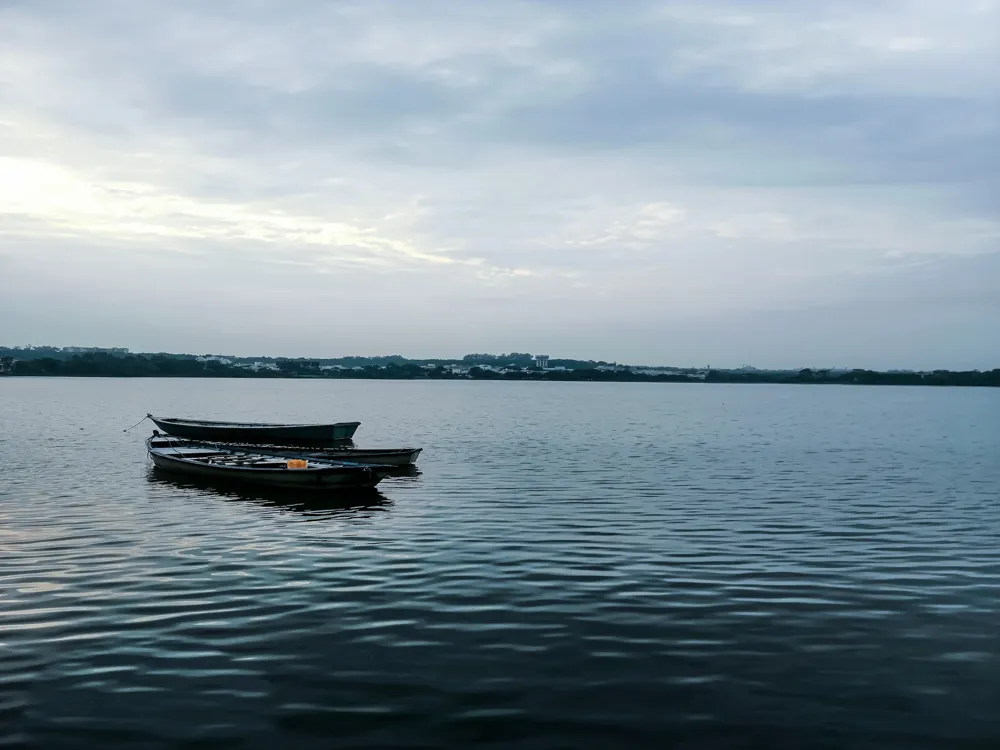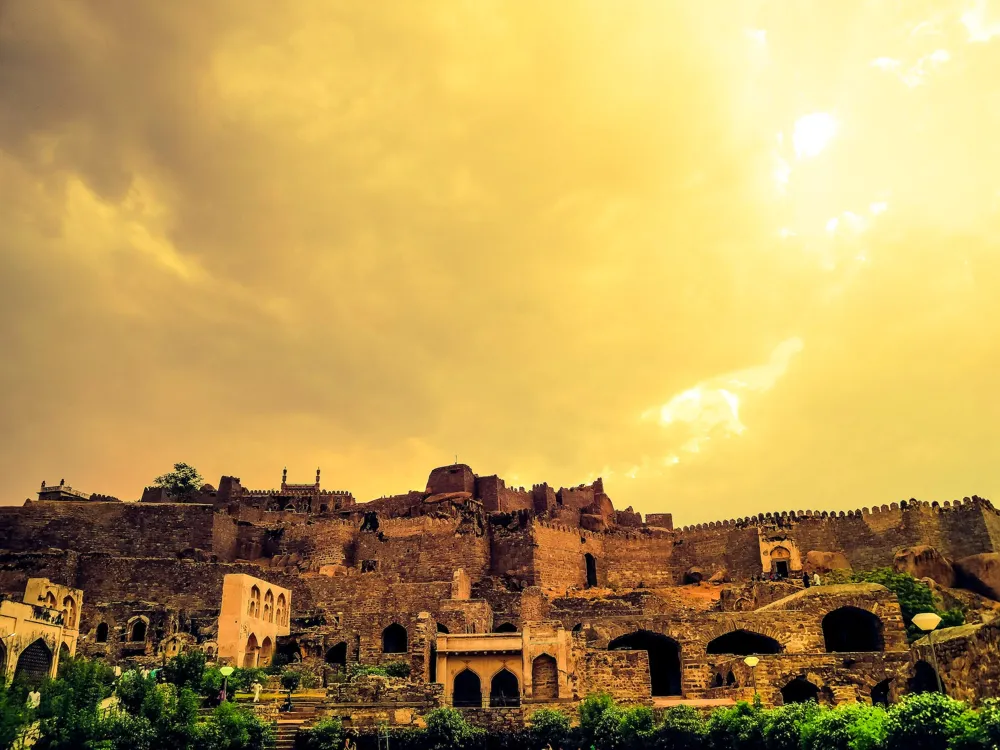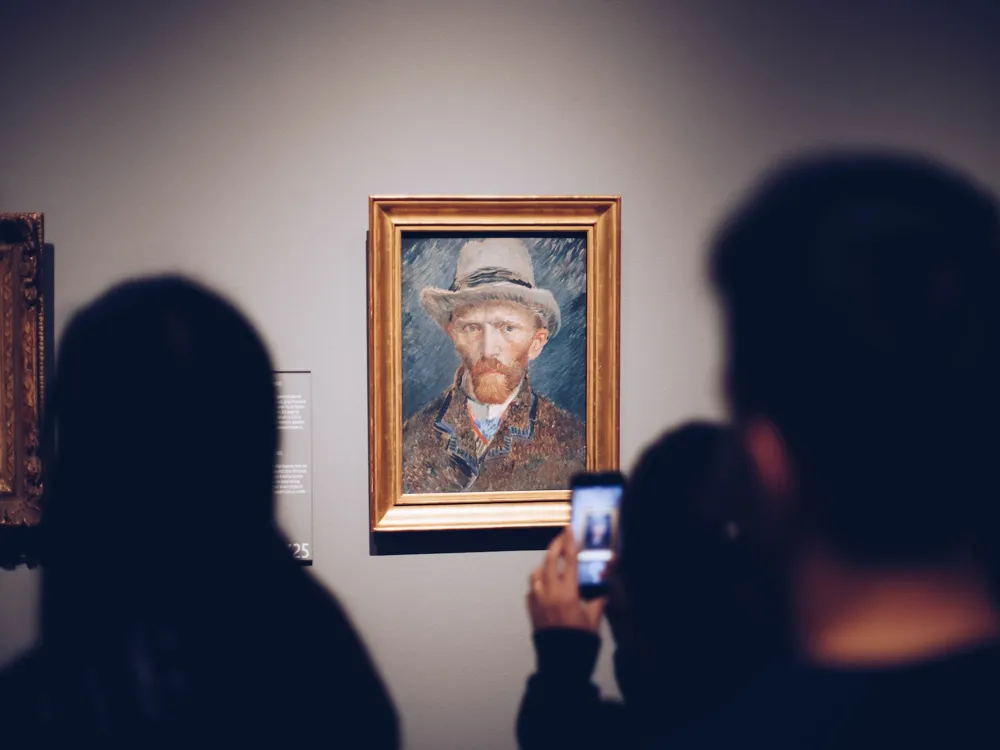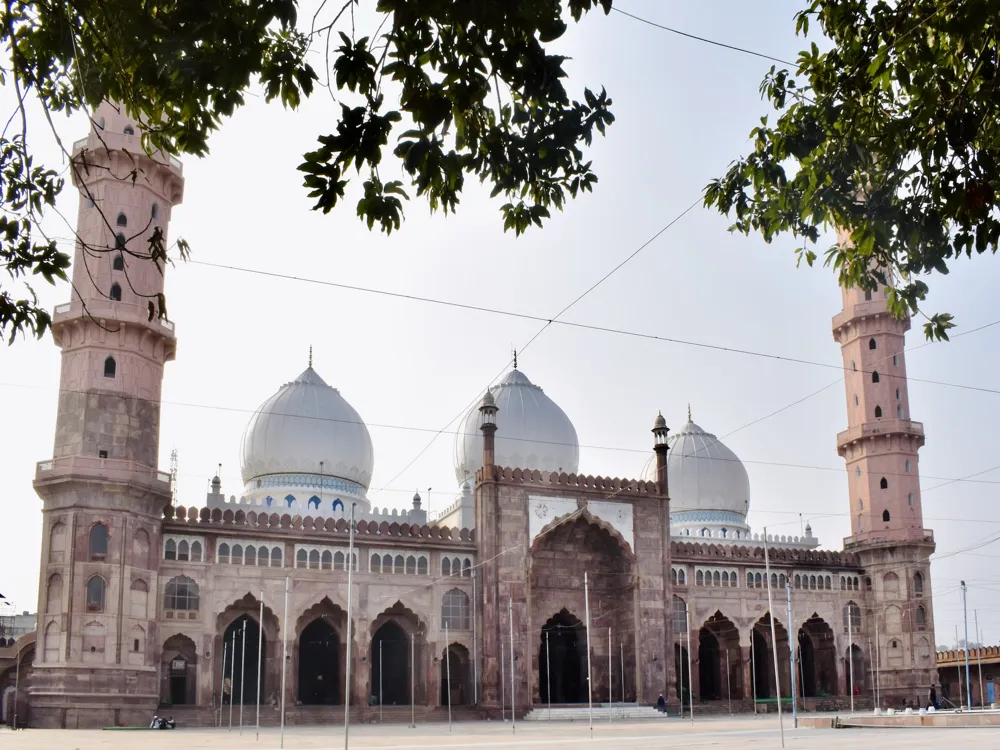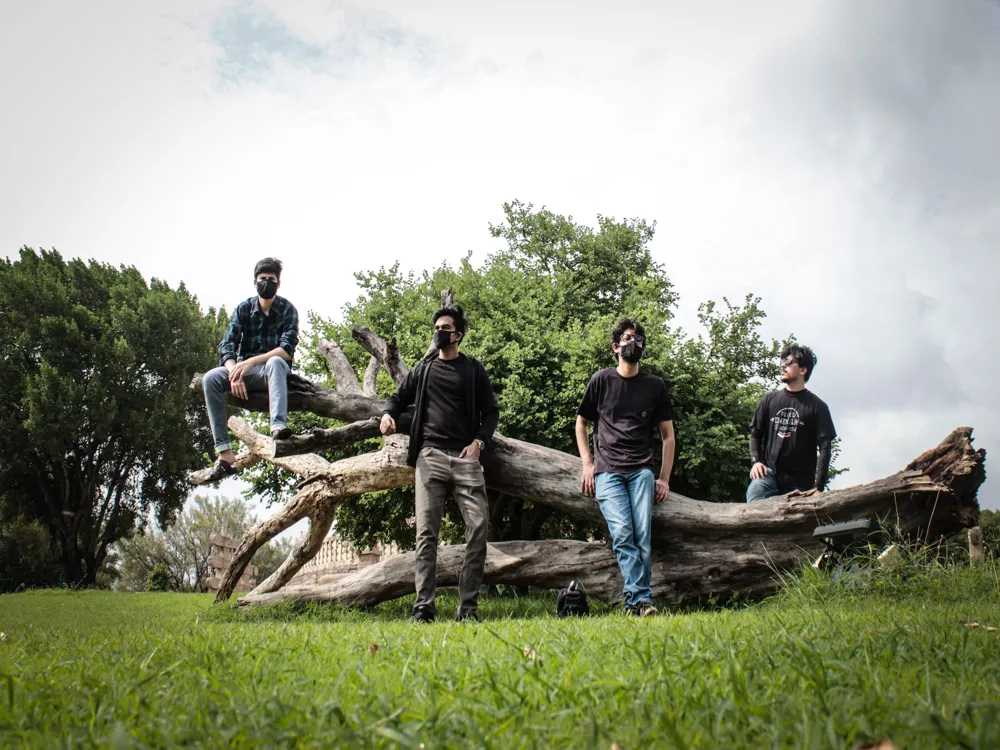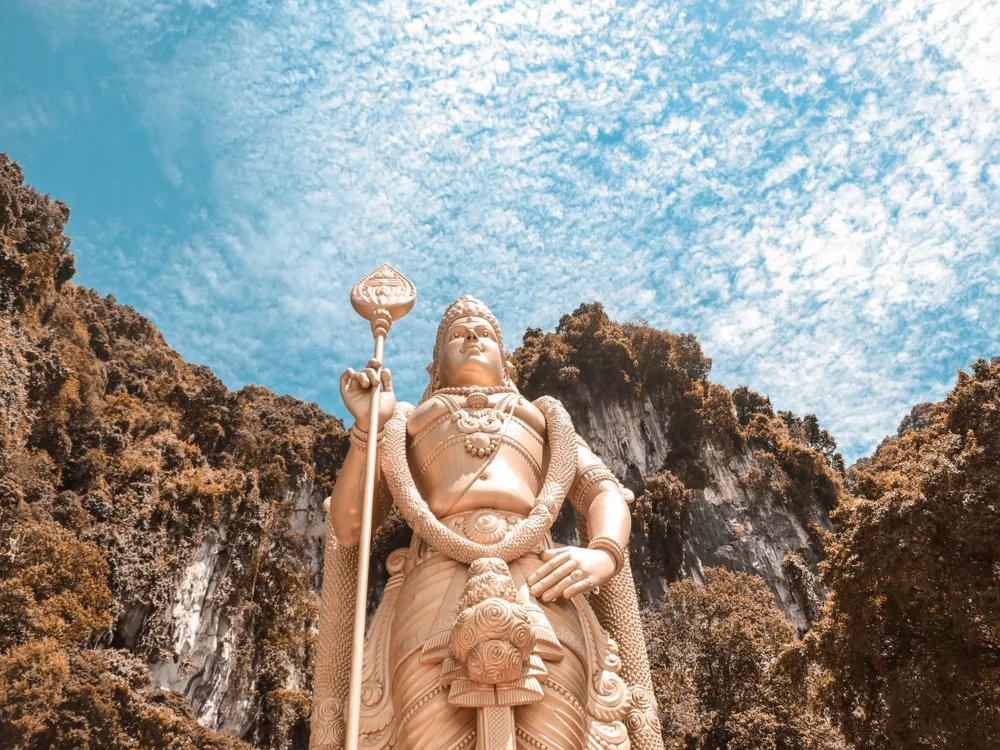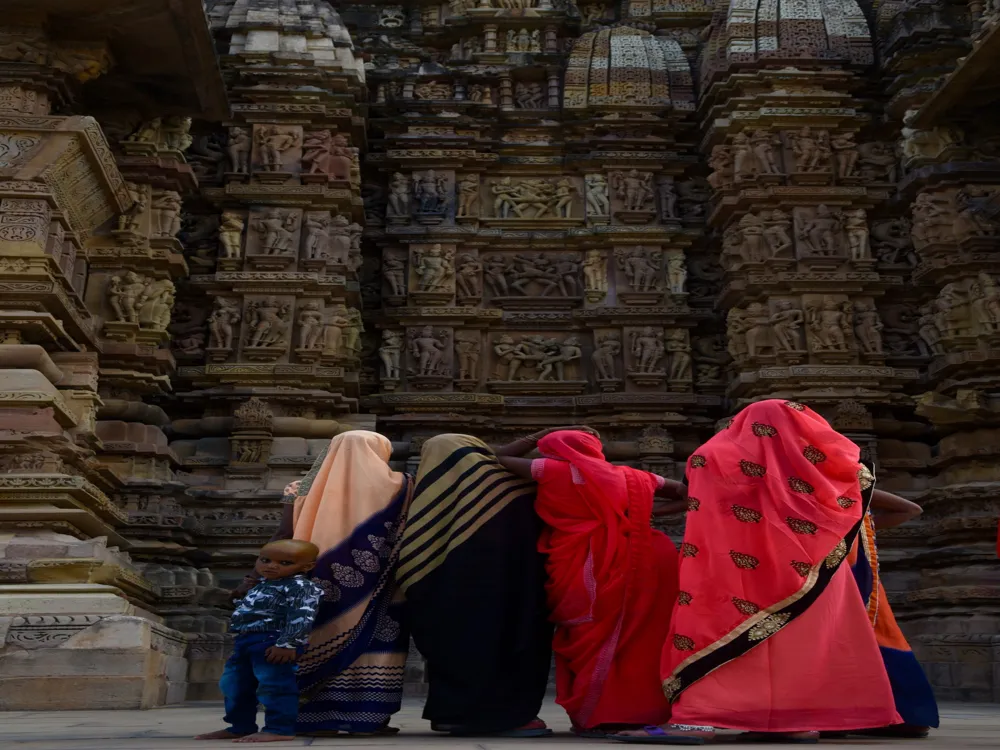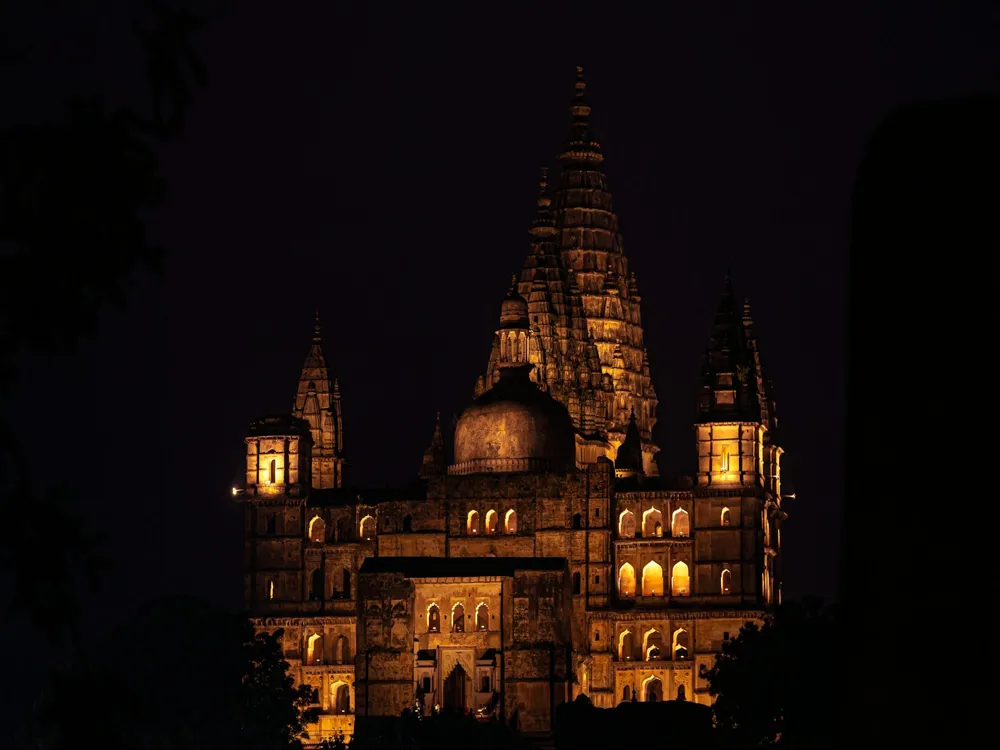Bhopal, the capital city of Madhya Pradesh, India, is a fascinating blend of history, culture, and natural beauty. Known as the City of Lakes for its various natural and artificial lakes, Bhopal is a city that seamlessly integrates its rich past with a vibrant present. The city's history dates back to the 11th century when it was founded by King Bhoja. However, its significant development occurred during the rule of the Begums in the 19th century, who were notable for their progressive reforms and contributions to the city's infrastructure and culture. Bhopal's landscape is a picturesque amalgamation of hilly terrains, verdant parks, and, most prominently, its lakes. The Upper and Lower lakes, divided by an overbridge, are the heart and soul of the city, providing a serene escape from the urban bustle. The city's commitment to preserving nature is evident in its various green initiatives and the maintenance of numerous parks and wildlife sanctuaries. Culturally, Bhopal is a melting pot of different traditions and religions, harmoniously coexisting and influencing each other. This cultural blend is reflected in the city's festivals, cuisine, and daily life. Bhopal is also home to various institutions of national importance, including the Bhopal Disaster Memorial, which serves as a reminder of the tragic gas leak incident in 1984, one of the world's worst industrial disasters. The architecture of Bhopal is a testament to its rich and diverse historical and cultural influences. The city's architectural heritage spans from historic mosques and palaces to modern institutions and public buildings, creating a unique urban landscape that narrates the story of Bhopal's evolution through the ages. One of the most prominent architectural landmarks in Bhopal is the Taj-ul-Masajid, one of the largest mosques in Asia. Built during the reign of the Begums, it showcases the grandeur of Mughal architecture with its large courtyards, impressive gateways, and intricate carvings. Equally significant is the Gohar Mahal, an architectural marvel blending Hindu and Mughal styles, reflecting the secular ethos of the city. Bhopal's royal heritage is further represented by the Shaukat Mahal and Sadar Manzil, displaying a unique combination of Indo-Islamic and European styles. Designed by a Frenchman, these structures stand out for their unconventional design and use of Gothic and post-Renaissance architectural elements. Modern Bhopal, too, has its architectural landmarks. The Bharat Bhawan, a multi-arts complex and museum, is a fine example of contemporary architecture. Its use of open spaces, water bodies, and a blend of traditional and modern design elements makes it a must-visit for architecture enthusiasts. Bhopal is best visited between October and March when the weather is pleasantly cool, making it ideal for exploring the city's outdoor attractions and architectural wonders. Bhopal's culinary scene is a delight for food lovers. Don't miss trying the local Bhopali dishes like Bhopali Kebabs, Poha, and Biryani, which offer a taste of the city's rich culinary heritage. While auto-rickshaws and taxis are readily available, consider using the Bhopal City Link Limited (BCLL) buses for a more economical way to explore the city. When visiting religious sites, dress modestly and remove your shoes. Always show respect to local customs and traditions, which are an integral part of Bhopal's identity. Reaching Bhopal is convenient, thanks to its well-connected transport system. The city is accessible by air, with the Raja Bhoj International Airport connecting it to major cities in India. For train travelers, Bhopal Junction is a major railway station offering extensive connectivity across India. Road travel is equally feasible, with well-maintained highways and regular bus services linking Bhopal to various cities in Madhya Pradesh and neighboring states.Overview of Bhopal, Madhya Pradesh
Architecture of Bhopal
Tips When Visiting Bhopal
Best Time to Visit
Local Cuisine
Transportation Tips
Cultural Etiquette
How To Reach Bhopal
Birla Museum
Bhopal
Madhya Pradesh
NaN onwards
View bhopal Packages
Weather :
Tags : Museum
Time Required : 1 to 2 hours
Planning a Trip? Ask Your Question
Bhopal Travel Packages
View All Packages For Bhopal
Top Hotel Collections for Bhopal

Private Pool

Luxury Hotels

5-Star Hotels

Pet Friendly
Top Hotels Near Bhopal
Other Top Ranking Places In Bhopal
View All Places To Visit In bhopal
View bhopal Packages
Weather :
Tags : Museum
Time Required : 1 to 2 hours
Planning a Trip? Ask Your Question
Bhopal Travel Packages
View All Packages For Bhopal
Top Hotel Collections for Bhopal

Private Pool

Luxury Hotels

5-Star Hotels

Pet Friendly







